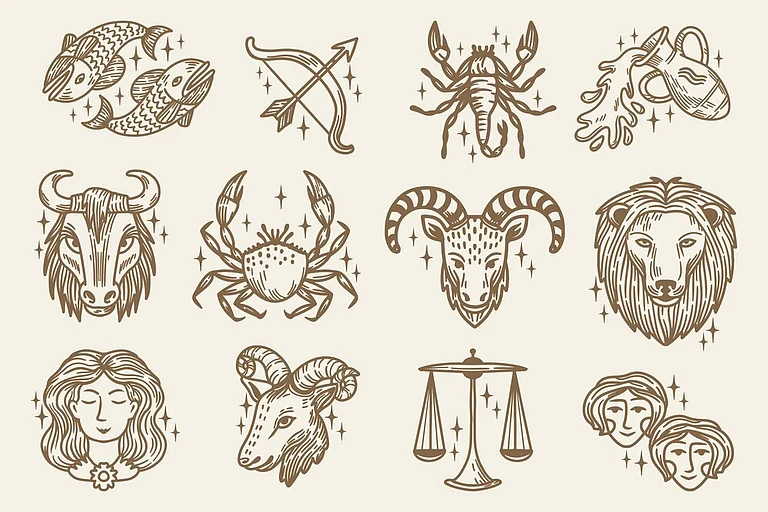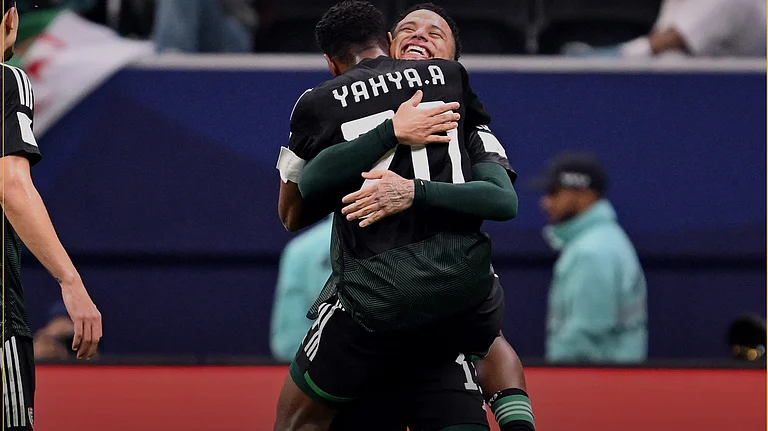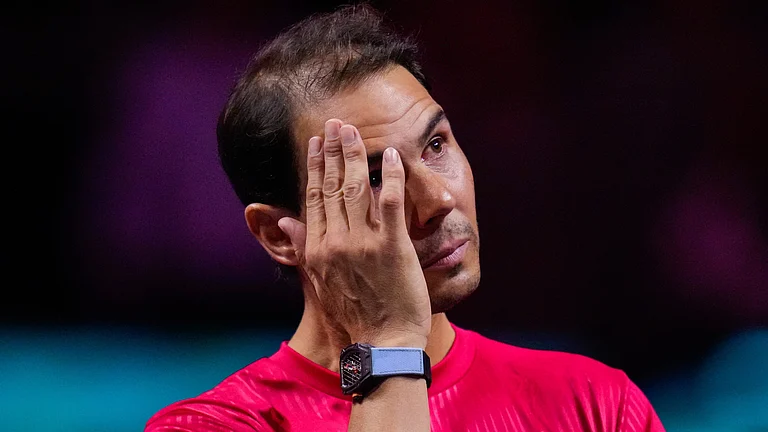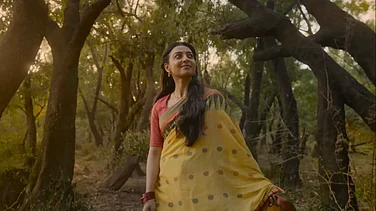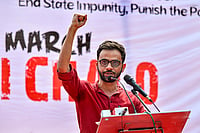There is an experience, a tactile one that production designers create with objects that bind time and space and complete the narrative in a film. For decades, production designer and artist, Aradhana Seth, has worked on creating film sets that are intrinsic to storytelling. A location, an altar, a house built from scratch and aged to give it a context and to place it in the story are her ways of storytelling. Her Goa house is a testimony to her craft. Objects from film sets are part of her museum in the making where she plans to preserve parts of ephemeral sets and these objects are clues and causes and serve more than one function. They add depth and with technology, some of that depth might be lost.
Seth recalls how on the film The Darjeeling Limited (2007)—where she was the art director and set decorator—they duplicated cabin number 40/41, and mirrored it when doing so. The train bogie was the site of the action and integral to the plot. It ensured that the director Wes Anderson could film looking out of the window of a moving train as it traversed on an actual railway line in Rajasthan. This helped the camera axis to remain the same, filming both to and from the starting station. For this particular project they had to design a mount on the ceiling of the corridor to install the camera. This made it easy to shoot the characters walk up and down the long corridor without the camera appearing in the frame.
“If we were to shoot The Darjeeling Limited today I wonder what Unreal Engine would offer us?” says Seth. There is a realness to objects when they are part of the set and not just projected on a screen. They can evoke emotions and reactions.
Seth spoke to Tanul Thakur & Ojas Kolvankar:
What was your earliest experience of working with films?
My first movie In Which Annie Gives it Those Ones (1989) as an assistant director was set in The School of Planning and Architecture in Delhi. Screenwriter and production designer Arundhati Roy’s script was nuanced in its understanding of the spaces. In fact, she had lived in that hostel!
It was interesting to see the choices she and the director Pradip Krishen made when it came to designing the sets and locating the film. Be it their decision to shoot in the school itself (the real location) and preserve the look and feel. They often retained certain aspects and embellished others to add to the look, feel and period that the film was set in.
Over the years it became very clear to me when we needed to build a set from scratch, when one could build into an existing location and when the space needed only set dressing. Multiple location recce’s, sourcing and research were a big part of prep. While wandering and looking, she soaked in the atmosphere. So, as a production designer, my biggest compliment is: “But what have you done on the film?” It means that I have been able to create the milieu and the time period in its smallest details. From wall texture, set dressing, art, furniture and the small objects that are seen in the frame. I never want to create a set that looks like a set unless it is meant to be a set.
When did tech mark a major presence in your work? What were some of the challenges you faced?
That happened in the aughts. I remember working on three films that relied on different kinds of technology: The Bourne Supremacy (2004), Don (2006), and One Night with the King (2006). It was particularly useful in Don, where I worked closely with the Red Chillies’ VFX team. Back then one had to be careful with chroma keying as one didn’t know what the final scene would look in absence of projections—scale, placements of characters, and accuracy which would come in only during post-production. Moreover, some crew members were still getting a hang of the chroma key process.
How can we leverage virtual production for filmmaking in India?
With the help of virtual production one can go from Kashmir to Kanyakumari in 12 hours. It can help you capture sunrise and sunset in an eight-hour or a 12-hour shift, which used to take a few days before. It also provides flexibility; you can rotate the stage, for example, by 270°. In fact some south Indian films are already using it. What would be interesting to observe is how younger independent filmmakers are able to bring their scripts to life by employing this technology beyond the monetary barriers that come along with elaborate set design, travel costs and long-drawn shoot schedules. It could democratise filmmaking.
What are some shortcomings of virtual production?
Virtual production can sometimes produce stilted visuals— that might come across like a projection. With the advanced tech, however, even that is negligible. Now there are different firms, such as Media.Monks in Noida, which help create materials for preps and projections. Because they’ve to create content that’s related to our environment while understanding the context of the film. So it might take a little longer in India as film crews will need to upskill and acquaint themselves and adapt to this new system.
To begin with, virtual production and on-location shoots will have to take parallel tracks. Because, as of now, many film professionals aren’t exactly aware of what it does. The cinematographers, for example, need to understand how to work with it, as it produces better results with soft, diffused light as opposed to strong sunlight. So there’ll be a point where virtual production and analog shoots will mix and then, as the tech gets better and more people become aware, the former will take over.
As virtual production turns into a chosen practice for filmmakers, what does one need to look out for?
Throughout my career, I’ve worked with people who were masters of carpentry and paint, who will now have to bear the brunt of the new tech’s onslaught. Entire professions run the risk of being redundant. I’m also a huge fan of real-time camera movement and places. Going to a film set, absorbing the ambience, interacting with everyone (the director, the cinematographer, the costume people, and so on). It’s much more collaborative and exciting and fun. It lends the filmmakers to re-imagine, to communicate the story differently from what they had originally set out during the pre-production process, to think about the composition of the frame.
In my experience over the years, props have even turned into metaphorical tools to communicate important plots in the film without having to literally spell it through dialogues. Virtual production, however, creates a distance between you and the film, as you’re projecting something on screen. It dilutes the romance and tactility in filmmaking. I was asking a colleague who has worked in production design about their experience of working in virtual production. They told me, “It feels like a job. You clock in, you clock out. There are no late nights [unlike regular shoots].” So as the technology starts to amplify, it’ll also alter the fundamental ethos of moviemaking itself: it’ll make it more ‘corporatesy’.
(This appeared in the print as 'Changing The Lens')







